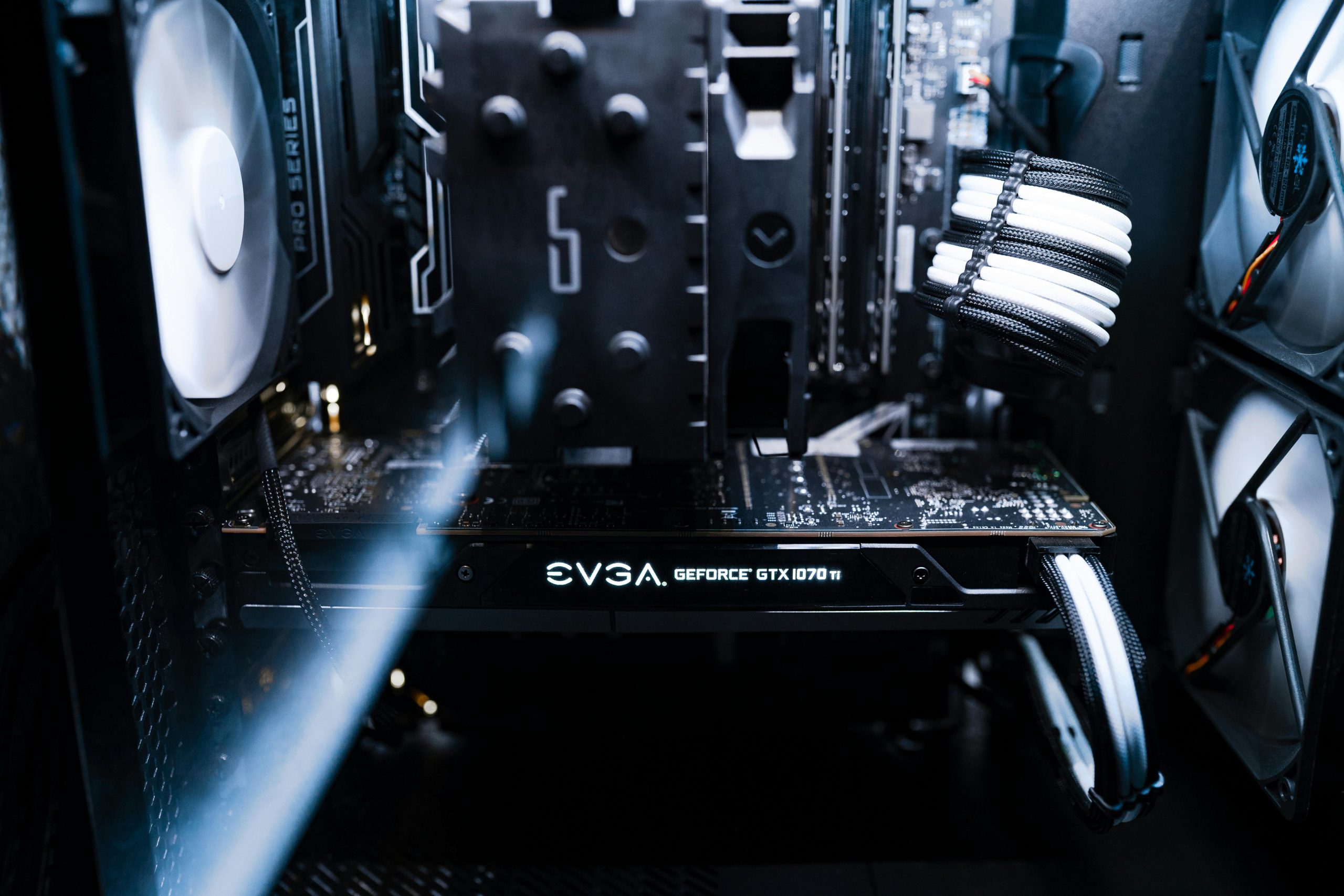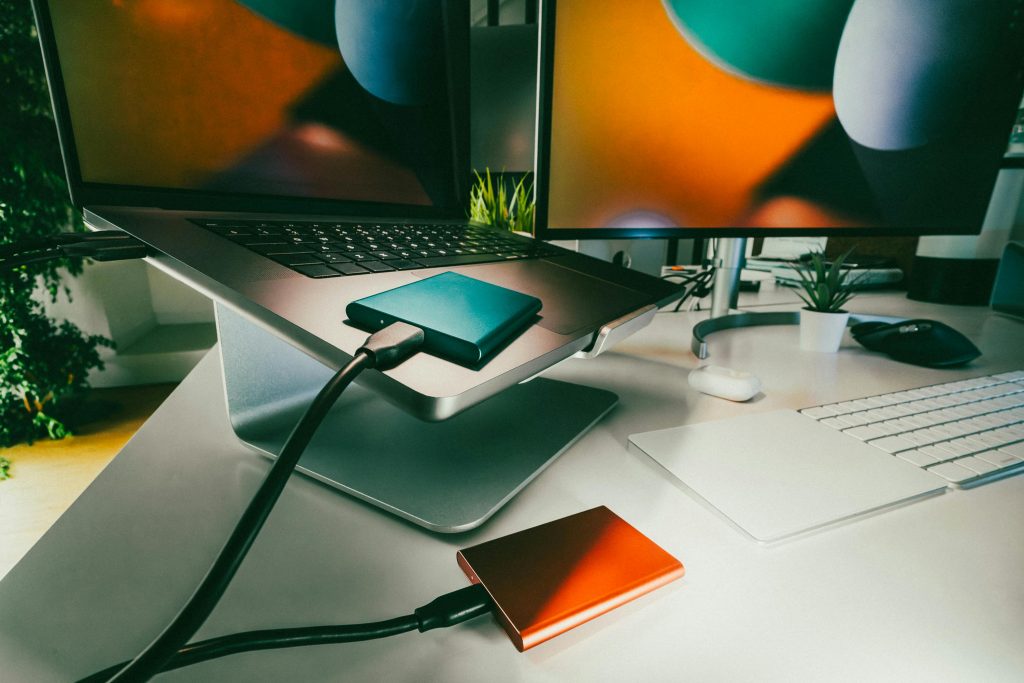Troubleshooting Gaming Performance: A Case Study on Hardware Misconfiguration
Gaming enthusiasts often invest significant time and resources into their setups, aiming for seamless performance and stunning graphics. However, occasionally overlooked details can lead to frustrating experiences. A friend of mine, for instance, has been grappling with disappointing gaming performance despite owning a fairly robust system featuring an Intel i7 8700k processor running at 3.8 GHz, a GTX 1070 graphics card, and 16 GB of RAM.
Recently, he expressed his frustration, noting that even at minimal settings, his frame rate in Apex Legends was so poor that he found the game “unplayable.” With hardware capable of delivering around 144 FPS, his situation left me perplexed. After some discussion, we began to explore potential causes for his underwhelming gaming experience.
One potential issue that stood out was the way his monitor was connected. He mentioned that his HDMI cable might be near some USB ports on the motherboard, leading me to wonder if he was perhaps using the integrated graphics processor (iGPU) instead of the dedicated GPU. This situation, while amusing in retrospect, illustrated a vital lesson in hardware connections.
Upon further investigation, it became clear that he had indeed been relying on the integrated graphics for about three years without realizing it. This misconfiguration was the root cause of his gaming woes, resulting in a setup that couldn’t capitalize on the prowess of his dedicated GPU.
This experience serves as a reminder for gamers to double-check their system configurations and connections. Even with high-end components, if they aren’t correctly utilized, the gaming experience can be severely hindered. Consider conducting a thorough review of your hardware settings, ensuring all components are correctly installed and functioning as intended. Your gaming performance may significantly improve with just a little attention to detail!
Share this content:




Hello,
Based on your description, it sounds like your friend’s system may be defaulting to integrated graphics instead of the dedicated GTX 1070 GPU. This is a common oversight but can significantly impact gaming performance, especially since integrated graphics are not designed for high-end gaming.
To troubleshoot and resolve this issue, I recommend the following steps: